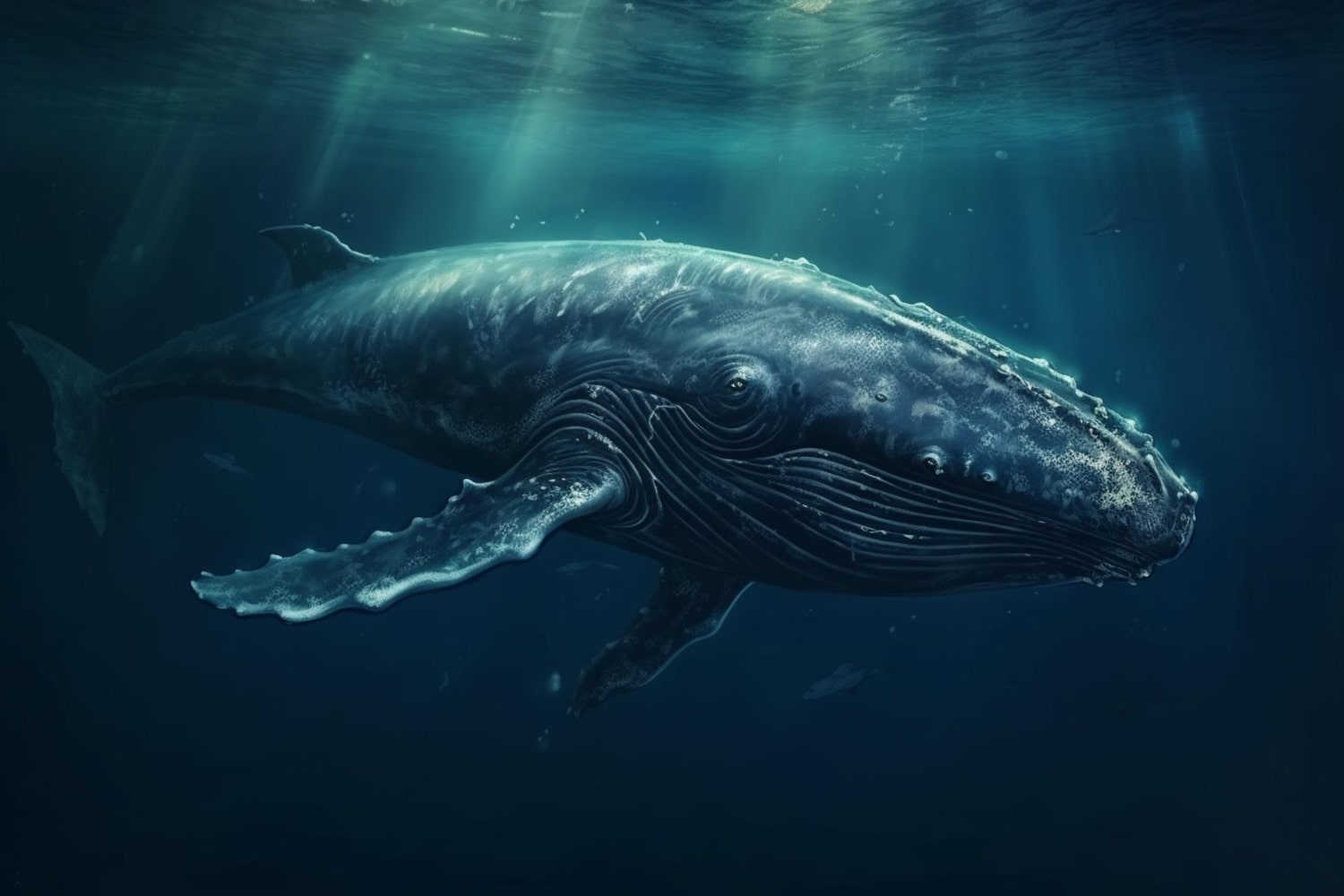
40 interesting facts about whales
- 👁️ 428
Whales, majestic creatures of the deep, are the largest animals on Earth. With their immense size, captivating behaviors, and remarkable adaptations, whales have fascinated humans for centuries. Here are over 40 intriguing facts about these magnificent marine mammals:
- Whales are not fish but mammals, belonging to the order Cetacea.
- They are divided into two main groups: toothed whales and baleen whales.
- The blue whale holds the title for being the largest animal ever known to have existed.
- Some species of whales, such as the humpback whale, are known for their complex and hauntingly beautiful songs.
- Whales breathe air through blowholes located on the tops of their heads.
- The brain of a whale is incredibly large and complex, indicating their high level of intelligence.
- The flippers of a whale are homologous to the front limbs of land mammals.
- The skin of a whale is covered in a layer of blubber, which helps with insulation and buoyancy.
- Whales have streamlined bodies and tail flukes that allow them to swim swiftly and gracefully through the water.
- The eyes of a whale are adapted for underwater vision, enabling them to see in dim light conditions.
- The narwhal, a type of toothed whale, possesses a long tusk protruding from its head.
- Baleen whales have baleen plates instead of teeth, which they use to filter feed on small marine organisms.
- Whales have a unique way of communicating using a range of vocalizations, clicks, and songs.
- The migration patterns of some whale species can cover vast distances, spanning thousands of miles.
- Whales have been known to breach, leaping out of the water and crashing back down with a tremendous splash.
- Some whale species, like the sperm whale, are capable of diving to great depths, reaching over 3,000 meters.
- Whales are social animals and often travel in groups called pods.
- The lifespan of a whale varies among species, with some individuals living for over 100 years.
- Whales are warm-blooded, meaning they can regulate their body temperature in cold ocean waters.
- The gray whale is known for its long migration from the Arctic to the warmer waters of Mexico.
- The largest toothed whale, the sperm whale, has the ability to produce a powerful clicking sound for echolocation.
- The baleen plates of a whale are made of keratin, the same substance found in human hair and nails.
- Whales have a specialized larynx that allows them to produce sounds and vocalizations.
- The milk produced by female whales for their calves is incredibly rich in fat content.
- Some whales, like the killer whale or orca, are known to hunt in coordinated groups, using sophisticated hunting strategies.
- The largest dolphin species, the killer whale, is actually a type of toothed whale.
- The beluga whale is also known as the “sea canary” due to its high-pitched vocalizations.
- Whales have been observed breaching more frequently in calmer waters, possibly as a way to communicate or remove parasites.
- Some whale species, like the blue whale, can consume up to 4 tons of krill per day during feeding season.
- The humpback whale has a unique feeding technique called bubble net feeding, where they trap fish in a net of bubbles.
- Whales play a crucial role in maintaining the balance of marine ecosystems by regulating prey populations.
- The skin of a whale can be covered in barnacles, which attach themselves to the whale’s body.
- Whales are known to engage in social behaviors such as babysitting and cooperative hunting.
- Whales have been observed using their tails to slap the water’s surface, possibly as a means of communication or warning.
- Some species of whales, like the baleen whales, undertake long migrations in search of food and breeding grounds.
- Whales have a thick layer of blubber that helps them endure cold water temperatures.
- The melon, a structure located on the forehead of toothed whales, is used for echolocation and sound production.
- Whales have been a subject of human fascination and have inspired myths, legends, and stories in various cultures.
- Whales have been protected by international laws and conservation efforts due to their vulnerable status.
- The conservation of whales and their habitats is essential for maintaining the health and biodiversity of our oceans.
In conclusion, whales are captivating creatures with extraordinary characteristics and behaviors. Their immense size, intelligence, and important ecological role make them a vital part of our natural world. As we strive to protect and conserve these magnificent animals, we continue to learn and marvel at the wonders of the whale kingdom.
Whales, majestic creatures of the deep, are the largest animals on Earth. With their immense size, captivating behaviors, and remarkable adaptations, whales have fascinated humans for centuries. Here are over 40 intriguing facts about these magnificent marine mammals: In conclusion, whales are captivating creatures with extraordinary characteristics and behaviors. Their…